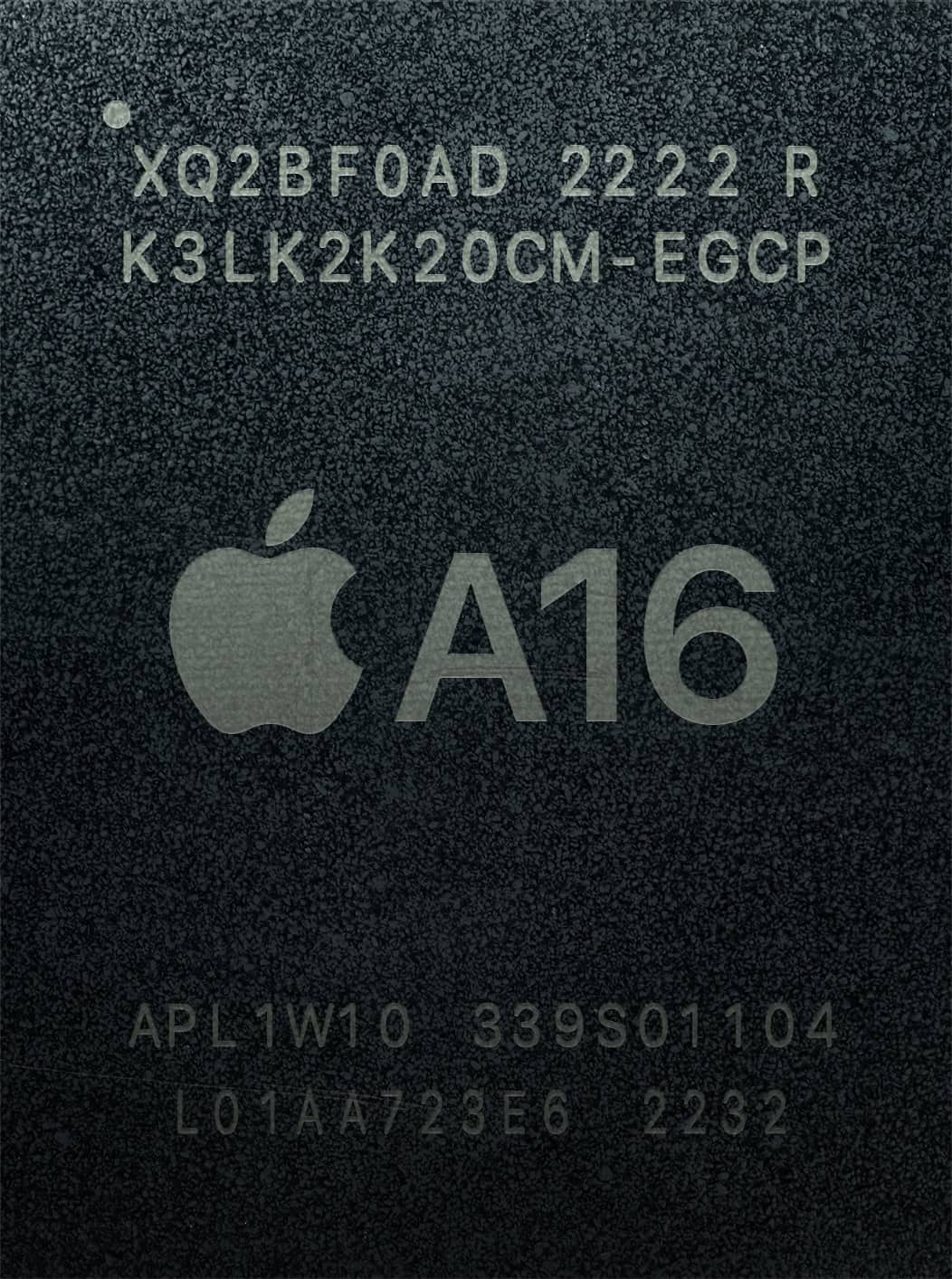A system on a chip (SoC) represents an integrated circuit that consolidates the necessary computer components into a single chip. This architecture includes not just the central processing unit or CPU, but often encompasses other critical elements such as memory interfaces, graphics processing units (GPUs), and peripheral controllers. By integrating these components, an SoC aims to create a more compact and energy-efficient solution for powering a wide range of electronic devices, from smartphones to internet of things (IoT) devices.
The evolution of SoCs marks a significant stride in electronics, allowing for smaller device form factors and reduced production costs. Embedded with on-chip systems, these chips facilitate speedier data processing and have become pivotal in advancing consumer electronics technology. SoCs typically result in improved power management and efficiency, which can extend battery life in portable gadgets and lower energy consumption in larger systems.
Understanding System on a Chip (SoC)
What Exactly is a System on a Chip (SoC)?
It’s like a miniature computer packed onto a single chip. Imagine all the essential parts of a computer – the processor, memory, and other important bits – shrunk down and working together in harmony. This tiny marvel is what we call a System on a Chip, or SoC for short.
SoCs are the brains behind many of our everyday gadgets. Your smartphone, tablet, smart TV, and even some cars rely on these powerful chips to run smoothly. They handle everything from processing data to displaying images and connecting to the internet.
Why Are SoCs Important?
SoCs offer several advantages over traditional computer systems. They are:
- Smaller and More Compact: This makes them perfect for portable devices like smartphones and wearables.
- More Energy Efficient: They use less power, which translates to longer battery life for your devices.
- Faster and More Powerful: The integrated design allows for faster communication between components, resulting in improved performance.
- Cost-Effective: SoCs are cheaper to produce than separate components, making them a more affordable solution for manufacturers.
What’s Inside a SoC?
| Components & Functions |
|---|
| Central Processing Unit (CPU): The brain of the SoC, responsible for executing instructions and performing calculations. |
| Graphics Processing Unit (GPU): Handles image processing and rendering for displays and games. |
| Memory: Stores data and instructions temporarily for the CPU and GPU. |
| Input/Output Interfaces: Connect the SoC to external devices like sensors, cameras, and displays. |
| Other components: May include dedicated processors for specific tasks, such as image processing, audio processing, or wireless communication. |
The Future of SoCs
SoCs are constantly evolving, becoming smaller, faster, and more powerful. As technology advances, we can expect even more amazing devices powered by these incredible chips.
In a Nutshell
SoCs power many of our favorite gadgets. They offer a compact, efficient, and affordable solution for integrating all the essential components of a computer onto a single chip.
Examples Of SOCs
- Apple A-series chips: Powering iPhones and iPads, known for their performance and efficiency.
- Qualcomm Snapdragon: Widely used in Android smartphones and tablets, offering various tiers for different needs.
- Samsung Exynos: Samsung’s in-house SoC line, powering some of their Galaxy smartphones and other devices.
- MediaTek Dimensity: Competitor to Snapdragon, focusing on mid-range and budget-friendly devices.
- Google Tensor: Google’s custom SoC found in their Pixel smartphones, emphasizing AI and machine learning capabilities.
- HiSilicon Kirin: Huawei’s proprietary SoC line, previously used in their smartphones before facing restrictions.
- Nvidia Tegra: Used in automotive infotainment systems, gaming devices like the Nintendo Switch, and some tablets.
- Rockchip RK3399: Popular in single-board computers (SBCs) like the Rock Pi 4 and other embedded systems.
- Broadcom BCM2711: Powers the Raspberry Pi 4, a versatile SBC used for various projects and learning.
- ESP32: A low-cost, low-power SoC with Wi-Fi and Bluetooth capabilities, widely used in IoT (Internet of Things) devices.
Key Takeaways
- A system on a chip integrates multiple computer components into a single chip.
- SoCs contribute to device miniaturization and energy efficiency.
- They are central to the advancements in consumer electronics and IoT.
Essentials of System on Chip
The fundamentals of System on Chip (SoC) design converge multiple computer components into a single integrated circuit, making it a cornerstone in the development of modern electronics.
Architecture and Components
SoCs consist of a central processing unit (CPU), graphics processing unit (GPU), memory, input/output ports, and storage, harmonizing digital, analog, and often mixed-signal functions on a silicon substrate.
Types and Classification
SoCs fall into various classifications like application-specific integrated circuits (ASICs), field-programmable gate arrays (FPGAs), and microcontrollers, each determined by the specific requirements of the device.
Design and Manufacturing
Chip design involves hardware description languages and electronic design automation (EDA) tools to simulate and implement the physical design. SoCs require intricate layering on a microchip, leveraging advancements in silicon technology.
System on Chip in Devices
In smartphones, tablets, and IoT devices, SoCs centralize computing power, supporting functionalities from AI and machine learning to basic data processing. These chips shape the core of both mobile and stationary electronic devices.
Connectivity Solutions
SoCs offer connectivity features like Bluetooth, Wi-Fi, USB, LTE, Ethernet, and SPI, enabling devices to communicate with each other and connect to the internet, crucial for smartphones and IoT networking.
Processing and Performance
SoCs integrate CPUs, GPUs, digital signal processors (DSPs), enhancing compute performance. Such integration optimizes speed and responsiveness in devices, from laptops to mobile phones.
Power Management
With built-in voltage regulators and power management circuits, SoCs govern power consumption and efficiency. These are vital for battery-powered devices, ensuring longer operational times.
Sensors and Actuators Integration
Inclusion of sensors and actuators into SoCs facilitates direct data collection and actionable outputs, as seen in camera modules, allowing seamless user interaction and environmental responsiveness.
Impact and Future Directions
The transition to System on Chip (SoC) design represents a significant evolution in electronic circuits, influencing everything from mobile devices to the automotive industry. This shift affects technology, challenges, applications, and future trends.
Advancements in Technology
SoCs integrate complex functions into single chips, boosting processing power and efficiency. Innovations reflect in embedded systems and AI applications, where SoCs enable streamlined machine learning processes. Graphical Processing Units (GPUs), once separate, now often sit on the same chip, enhancing multimedia and gaming experiences.
Challenges and Limitations
Size reduction amplifies challenges like heat dissipation and power consumption. Ensuring security and reliability within these compact units remains critical. Developers contend with balancing specialized functions and the flexibility for broader applications, a vital but challenging endeavor.
Innovations in Application
SoC’s compact nature opens up extensive uses, particularly in robots, mobile computing, and cloud technologies. By centralizing electronic components, SoCs allow for more space-efficient designs, crucial in space-critical applications. The flexibility and power of SoCs fuel advancements in embedded systems, pushing the boundaries of current applications.
Expectations from Next-Generation SOCs
Predictions for SoCs center on increased integration of AI and machine learning directly onto chips, further enhancing their capability. Future trends suggest SoCs will evolve to address power efficiency and cloud connectivity, potentially transforming capabilities in every field where computing power is critical.
Frequently Asked Questions
This section addresses common inquiries on system on chip (SoC) technology to provide a clearer understanding of its applications, variations, manufacturers, components, and how it compares to traditional CPUs.
What are the typical applications of a system on chip?
SoCs serve as the heart of many electronic devices such as smartphones, tablets, and smartwatches. They also power complex systems like automotive infotainment and advanced driver-assistance systems (ADAS).
How do system on chip architectures vary?
Architectures of SoCs can differ based on application requirements. Factors include processing power, energy efficiency, and integration levels of components like GPUs and networking modules.
Who are the main manufacturers of system on chip technology?
Notable SoC manufacturers include Qualcomm with their Snapdragon series, Apple with their A-series chips, Samsung with Exynos, and MediaTek. These companies lead in providing SoCs for various consumer electronics.
What components are typically included in a system on chip?
A typical SoC includes a central processing unit (CPU), memory, input/output ports, and may incorporate additional features like graphics processing units (GPUs), artificial intelligence processors, and network connectivity modules.
How does a system on chip differ from a traditional CPU?
A traditional CPU mainly handles processing tasks, whereas a SoC encompasses a CPU and other necessary components like memory and connectivity to form a complete system on one chip, optimizing performance and power consumption.
What are some examples of system on chip in modern devices?
Smartphones often use SoCs, such as the Apple A-series in iPhones or Qualcomm Snapdragon in various Android devices. Other examples include smart home devices, wearables, and embedded systems in vehicles.







